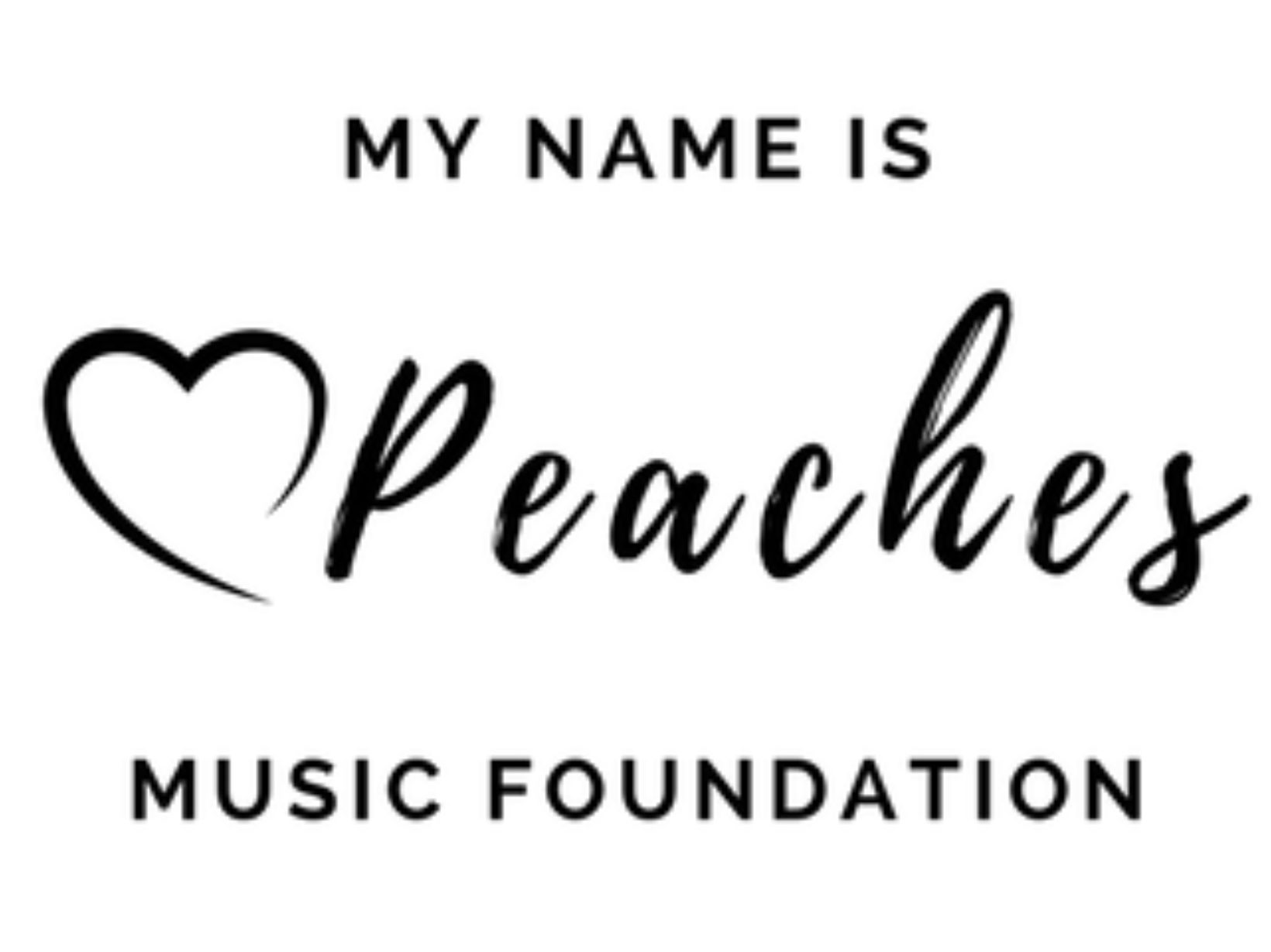Color and music are both forms of art and expression, and some people experience a phenomenon known as synesthesia, where the stimulation of one sensory or cognitive pathway leads to involuntary experiences in another. This means that for some individuals, they might perceive colors when listening to music. Here are a few ways in which color can be associated with music:
- Emotional Associations: Music can evoke a wide range of emotions, and people might associate specific colors with these emotional states. For example, they might see vibrant and warm colors like red and orange when listening to energetic, happy music, while cooler colors like blue and green might be associated with more calming or sad melodies.
- Visualizations: Some musicians and artists create visual representations of music through color. This can be done through various media, such as painting, digital art, or even light displays during live performances. For instance, a musician might perform with a backdrop of changing colors that synchronize with the music’s rhythm and mood.
- Music Visualization Software: There are software programs and applications that use algorithms to convert music into visualizations, often represented as colorful patterns, shapes, or animations. These visualizations can be synced to the beat or melody of the music.
- Album Artwork: Album covers and artwork can incorporate color to convey the mood or style of the music contained within. The choice of colors in album artwork can influence how people perceive and connect with the music.
- Musical Instruments: Some musical instruments, particularly synthesizers and electronic instruments, are equipped with lights or LED displays that change color in response to the notes played. This not only adds a visual element to the performance but can also help musicians and audiences connect with the music on a multi-sensory level.
- Psychological and Cultural Influences: The way color and music are linked can also be influenced by psychological factors, cultural backgrounds, and personal experiences. For example, certain colors may hold specific cultural meanings or connotations that influence how a person perceives the music.
It’s important to note that the connection between color and music is highly subjective and can vary greatly from person to person. For some, this connection may be an inherent part of their sensory experiences, while others may not perceive it at all.
